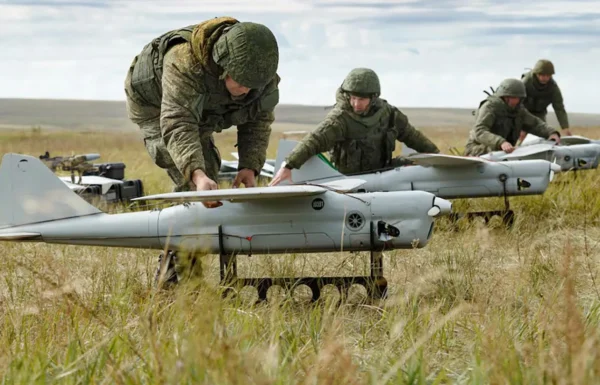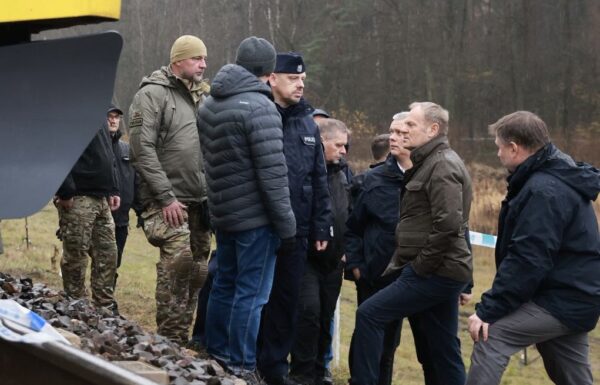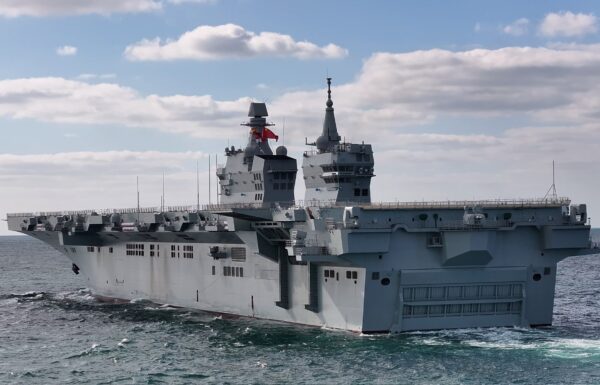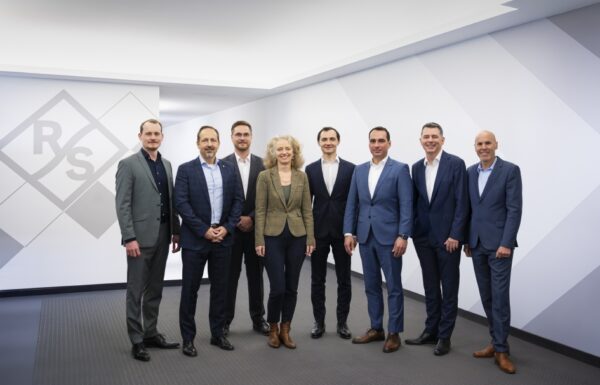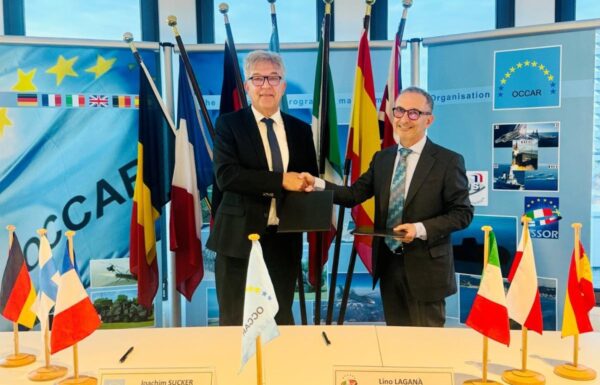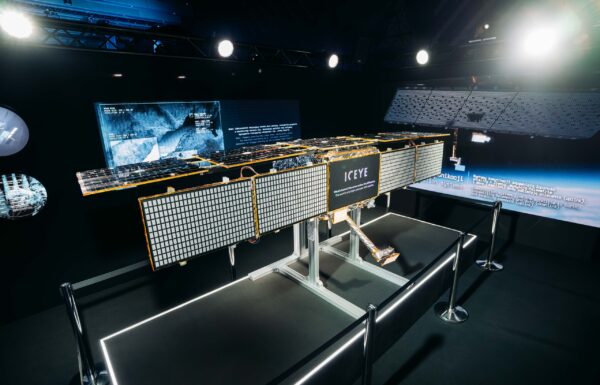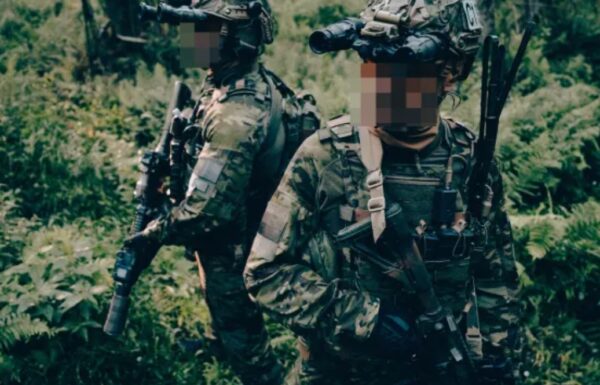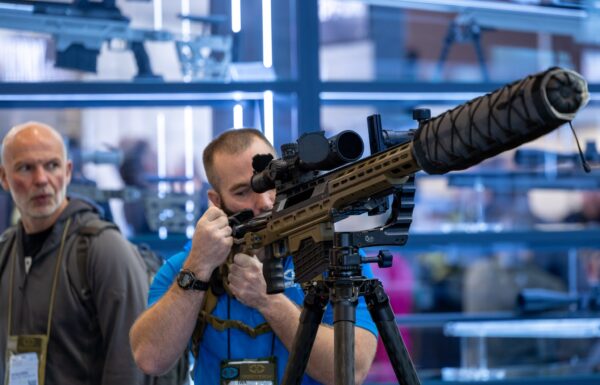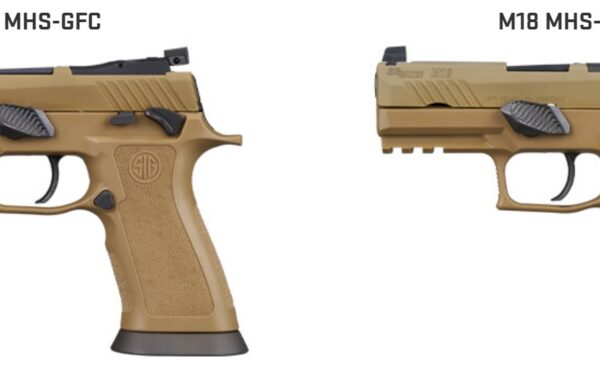On Thursday, October 2, 2025, the American company Boeing announced on social media that a Polish Air Force delegation, during a visit to the facilities in St. Louis, Missouri, was introduced to the F-15EX Eagle II multirole fighter aircraft.
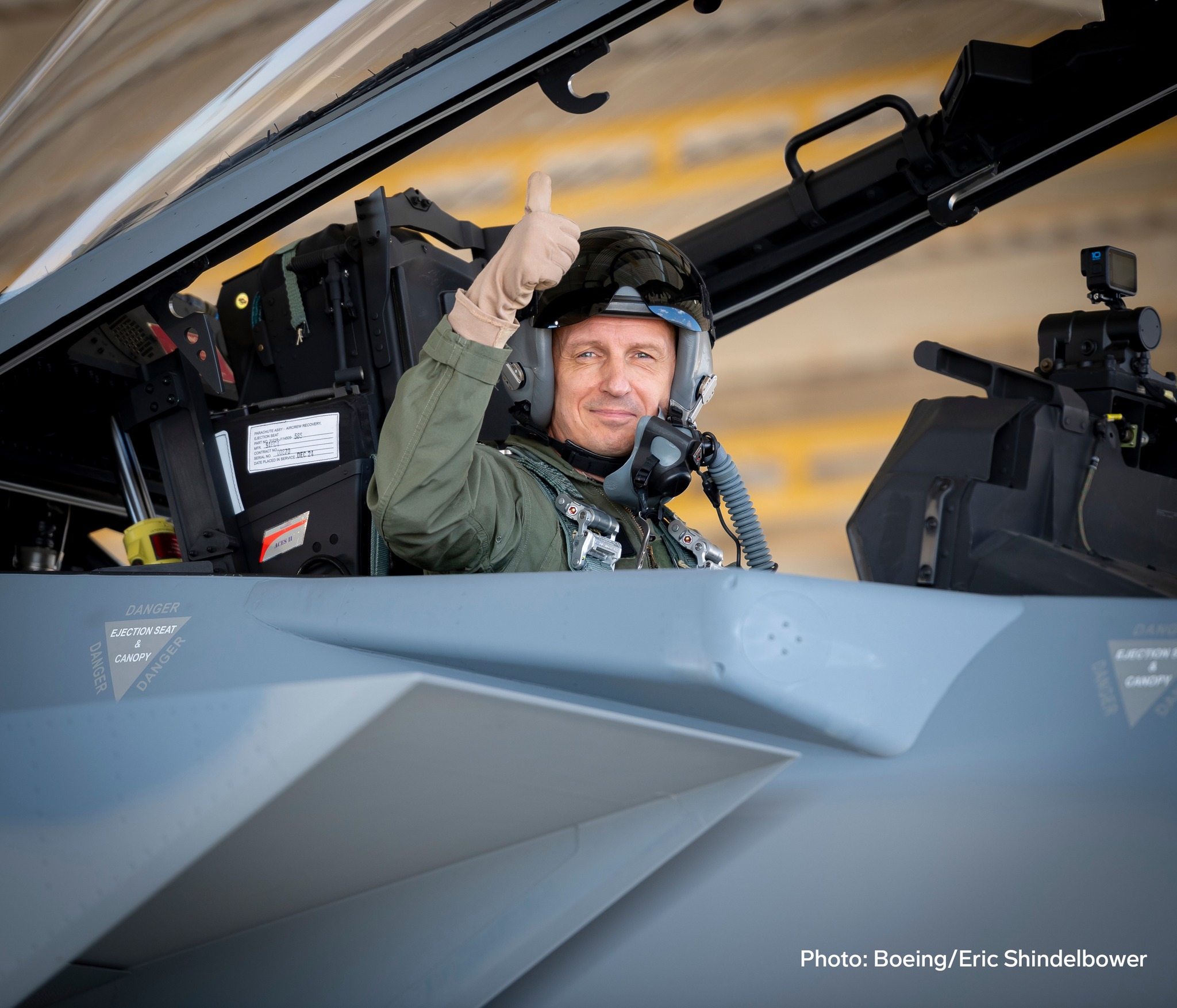 Photo: Eric Shindelbower, Boeing
Photo: Eric Shindelbower, Boeing
“F15EX welcomed Siły Powietrzne / Polish Air Force delegation visitors this week. Polish Air Force Inspector Maj. Gen. pilot Ireneusz Nowak, Col. Sebastian Paluch [head of the Military Equipment and Development Division at the Air Force Inspectorate – editor’s note] and Lt. Col. pilot Łukasz Gradziński [head of the Air Operations Group at the 31st Tactical Air Base in Poznań-Krzesiny – editor’s note] stopped by our St. Louis site to learn more about the F-15EX’s advanced operational capabilities, integration with Polish 5th-gen fighter jets [F-35 Husarz], local sustainment, training and economic impact. The two Polish pilots experienced air dominance capabilities during their F-15EX familiarization flights,” – announced Boeing in a Facebook post.
During the 31st International Defence Industry Exhibition (MSPO 2023) at Targi Kielce, a Boeing representative informed MILMAG Magazine’s editorial team about the offer submitted to Poland for the F-15EX Eagle II under the Foreign Military Sales (FMS) program.
However, the first cooperation agreements with Polish entities were concluded a year later. On September 4, during the 32nd MSPO 2024, the American company signed agreements with Wojskowe Zakłady Lotnicze No. 2 (WZL-2) and the Military Aviation Works Design and Technology Center (WCBKT), both part of the Polish Armaments Group (PGZ):
- Boeing and WZL-2 reached an agreement on analyzing the potential for carrying out inspections and technical maintenance of the F-15EX aircraft, including servicing, repairs, and overhauls of aircraft components. Boeing and WZL-2 conducted visits in Bydgoszcz to identify future activities aimed at supporting the Polish Air Force domestically.
- Boeing and WCBKT will explore opportunities for cooperation related to ground support equipment produced in Poland.
 Photo: Eric Shindelbower, Boeing
Photo: Eric Shindelbower, Boeing
Subsequently, on September 24, 2024, the company signed agreements with the Military University of Technology (WAT) and the Polish Air Force University (LAW):
- Boeing and WAT will explore the possibility of establishing a school for ground personnel required to provide technical maintenance for the F-15EX;
- Boeing and LAW will explore the possibility of training future F-15EX pilots for the needs of the Polish Air Force.
Furthermore, on December 5, 2024, Pratt & Whitney Rzeszów (part of RTX Corporation) signed a letter of intent with LAW regarding long-term training cooperation on F100-PW-229 and F135-PW-100 turbofan engines, which power the F-16C/D Jastrząb and the F-35A Husarz. The Americans also proposed that the F100-PW-229 power the F-15EX Eagle II if it is selected, although Boeing has integrated competing General Electric F110-GE-129 engines.
Meanwhile, on September 25 of this year, during a meeting of the Permanent Subcommittee on the Polish Defense Industry and Technical Modernization of the Armed Forces within the Parliamentary National Defense Committee, it was stated that the purchase of additional multirole aircraft is planned (in previous years, there had been mention of 32 aircraft after 2030 – editor’s note).
So far, apart from the United States Air Force (USAF), which has ordered 98 F-15EX Eagle II aircraft, only Israel has decided to procure them – 25 units designated as F-15IA Eagle (Israeli Advanced), while Indonesia plans to acquire 24 units under the local designation F-15IDN. Saudi Arabia, which currently operates 232 F-15C/D and F-15S/SA aircraft, has also expressed interest.
The F-15EX is equipped with AN/APG-82(V)1 radars, previously designated as AN/APG-63(V)4, similar to the F-15E (where they replaced the AN/APG-70). These radars were developed for the USAF under the Radar Modernization Program (RMP) and have been mass-produced by Raytheon (part of RTX Corporation) since 2008. They feature an Active Electronically Scanned Array (AESA) antenna. The design incorporates components from the AN/APG-79 and AN/APG-63(V)3 radars, along with a new cooling system and Radio Frequency Tunable Filters (RFTF).
The aircraft also received the new digital electronic warfare system EPAWSS (Eagle Passive/Active Warning and Survivability System), which will also be fitted to the F-15E Strike Eagle. EPAWSS enables the F-15EX to conduct both offensive and defensive electronic warfare, including jamming, targeting, infrared threat detection, and decoying. It provides a full suite of radar warning, enhanced situational awareness, geolocation, as well as active and passive countermeasures. According to its manufacturer, BAE Systems, EPAWSS offers capabilities comparable to electronic warfare systems installed on 5th generation multirole fighters (such as the AN/ALR-94 on the F-22A Raptor or the AN/ASQ-239 Barracuda on the F-35 Lightning II).
The pilots are equipped with ACES II ejection seats supplied by Collins Aerospace (part of RTX).
The F-15EX Eagle II has a payload capacity of 13,381 kg (up to 12 missiles of various classes; future integration is planned for weapons such as the AGM-158C LRASM anti-ship missile). It is powered by two General Electric F110-GE-129 turbofan engines (previous U.S. F-15s were powered by Pratt & Whitney F100-PW-220 engines). The cockpit houses the Advanced Display Core Processor II (ADCPII) mission computer, tested since 2016, capable of performing 87 billion operations per second.
#F15EX welcomed Polish Air Force Inspector Maj. Gen. pilot Ireneusz Nowak, Col. Sebastian Paluch and Lt. Col. pilot Łukasz Gradziński at our St. Louis site. They learned about the F-15EX's advanced capabilities, saw how the jet is built, and experienced its power firsthand. pic.twitter.com/xfz2RVGgw6
— Boeing Defense (@BoeingDefense) October 2, 2025


